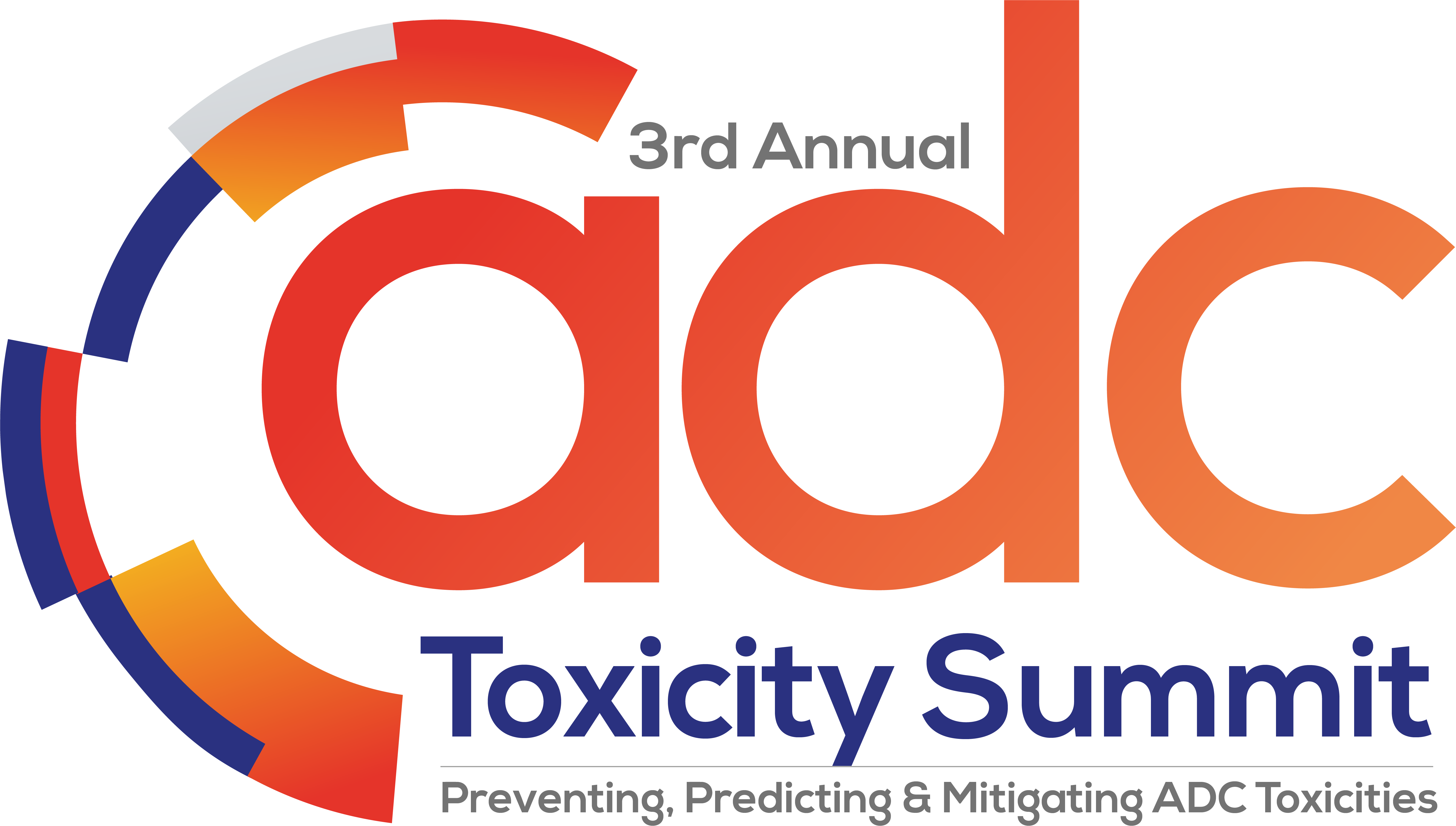8:00 am Morning Coffee & Check In
9:00 am Workshop A
Predicting & Mitigating Toxicities Associated With Novel Payloads in ADC Development
Synopsis
As ADC development expands to new payload classes, understanding how to predict, minimize, and manage toxicity is critical for early-stage drug development.
This interactive workshop will provide hands-on discussions and case studies to help:
- Preview the current landscape of novel payloads in preclinical and clinical development
- Understand how novel payloads impact ADC toxicity? Exploring the mechanisms of emerging payload classes, including their on- and off-target toxicity risks
- Case Study: What can we learn from past ADC failures? – Reviewing clinical and preclinical toxicity data to identify early warning signals for payload-driven toxicities
- Interactive Discussion: What are the key challenges in predicting payload toxicities and how do we tailor the preclinical safety characterization for novel payloads?
12:00 pm Lunch Break
1:00 pm Workshop B
Rethinking Patient Selection for Addressing Unique Toxicity Challenges From ADC Therapy – Balancing Risk & Access
Synopsis
Current ADC trials often exclude high-risk patients due to concerns about toxicity – but is this the best approach? This session will explore how ADCs work and why they cause toxicity, how we can better predict and manage adverse events in the clinic (with a focus on breast cancer), and how new molecules may help overcome existing toxicity challenges. Rather than defaulting to exclusion, how can we move toward more personalized, risk-adapted ADC development?
Join this workshop to discuss topics such as:
Why Do ADCs Cause Toxicities? Mechanistic Insights
• Understanding the structure and function of ADCs and how payloads, linkers, and targets contribute to specific toxicity profiles.
• Tissue distribution, off-target effects, and class-related toxicities
Managing toxicity without eliminating patients from treatment
• Who is at higher risk of ADC toxicity? The role of clinical characteristics, pre-existing conditions, and predictive biomarkers. Example: Patients with pre-existing lung disease and ADC-induced interstitial lung disease (ILD)
Can we better manage ADC toxicity in the clinic?
• Risk mitigation strategies: pre-treatment, monitoring, dose adjustments
• Clinical management with a focus on breast cancer ADCs
Looking to the Future in ADC Development
• Are next-generation ADCs solving the toxicity problem – or just shifting it?
• How do we design ADCs with better tolerability while maintaining efficacy?
• Novel payloads, targets, and bispecific ADCs
